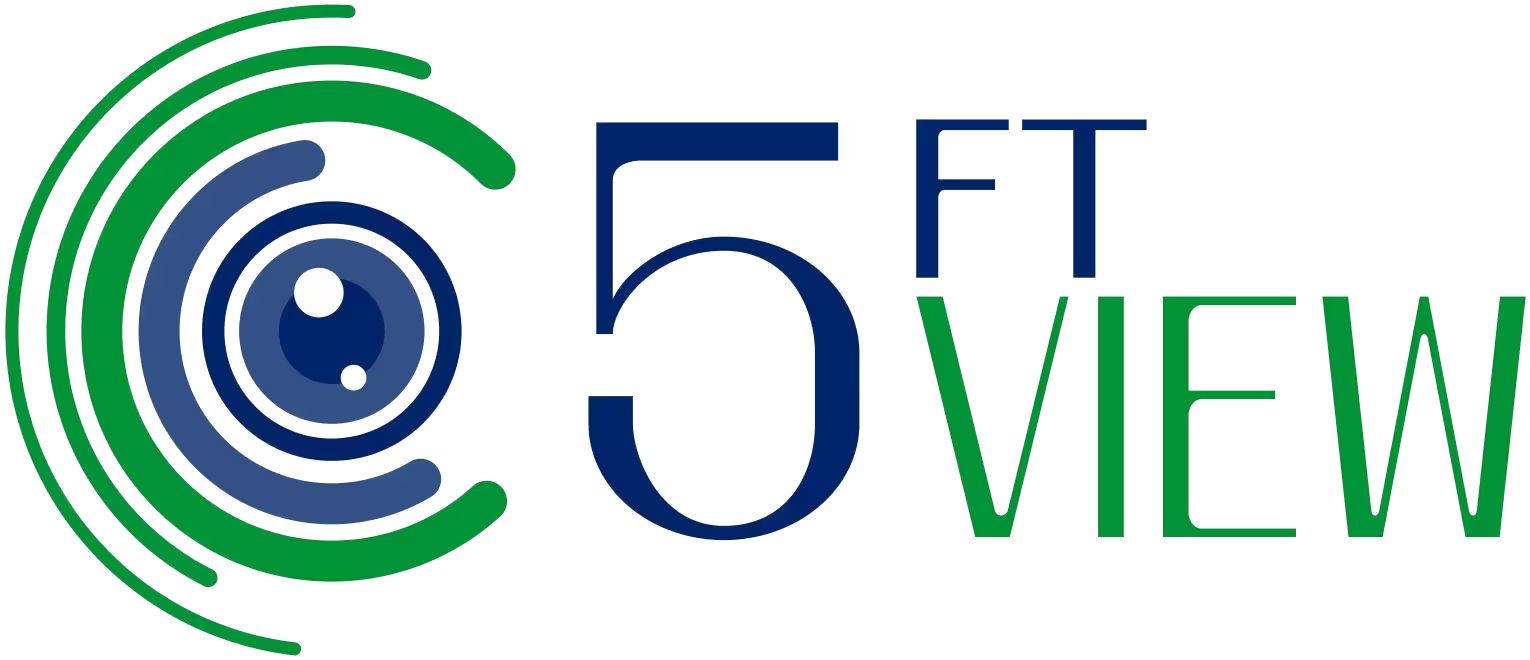Why business leaders, not AI, control the future of work
The conversation around AI has been dominated by one question: How many jobs will it replace?
But that is the wrong question.
AI does not replace jobs. Leaders do.
The technology is neutral. The human choices behind its deployment determine whether it becomes an accelerant for human potential or an excuse for workforce reduction.
And right now, too many leaders are choosing the latter.
⚙️ The Reality Check: AI, ROI, and Rapid Adoption
A recent Forbes survey found that 86% of data decision-makers are confident AI will deliver measurable ROI, and over 90% of companies are actively developing or implementing agentic AI systems.
Yet fewer than half have formal governance frameworks, ethical guidelines, or employee training programs in place.
In other words, the race for efficiency is outpacing the responsibility to guide it.
That imbalance has real consequences, especially for those just starting out.
🎓 The Vanishing Entry-Level Opportunity
Across the United States, the employment landscape for new graduates is shifting in alarming ways.
- The unemployment rate for recent college graduates (ages 22–27) was 5.8% as of March 2025, compared to about 4% overall. (CBS News)
- 35% of recent grads are under-employed, working in jobs that do not require a degree. (PPIC)
- For the Class of 2023, more than 52% were under-employed one year after graduation. (Inside Higher Ed)
- Entry-level hiring projections for 2025 are nearly flat (+0.6%) year-over-year. (NACE)
- Employers say they are moving to skills-based hiring over degree-based, with 65% now screening for proven competencies instead of training potential. (NACE)
Add to that the Stanford Digital Economy Lab’s finding that young workers in jobs most exposed to automation saw a 13% decline in employment, and the pattern is clear.
Entry-level opportunity, the essential first rung of the economic ladder, is quietly disappearing.
💥 The Ripple Effect on Society and Communities
- Delayed independence and lower lifetime earnings
When graduates cannot find work that builds skills or offers a livable wage, they delay leaving home, buying property, or starting families. Those delays ripple through housing markets, small-business spending, and tax revenue. - Eroded leadership pipelines
Entry-level roles are where people learn reliability, teamwork, and accountability. They are the raw material of future managers. Without those early career experiences, companies lose their next generation of leaders, increasing turnover and external hiring costs. - Rising inequality
When access to first jobs narrows, socio-economic mobility collapses. Those without financial safety nets stay trapped, widening the gap between the educated and the employed. - Weakened local economies
Communities rely on young workers for energy, innovation, and consumer activity. When early-career workers disappear, so does local economic vibrancy. - Cultural loss
When people do not learn how to work—collaborate, lead, and resolve conflict—we risk raising a generation disconnected from shared workplace norms and community life.
🧩 The Leadership Lens: Controlling the Narrative
Here is the truth few headlines admit.
AI does not make the decision to lay people off. Business leaders do.
The technology simply reflects the intent of its users. When leadership prioritizes immediate ROI over long-term capability, the narrative becomes “AI replaces people.”
When leadership uses AI to enhance human performance, the narrative shifts to “AI expands what people can do.”
This distinction matters deeply. The public story of AI’s “inevitable job loss” is not a technological outcome. It is a leadership narrative.
🗣️ Rewriting That Story
The story the world hears about AI and jobs will be written not in Silicon Valley but in boardrooms and founder offices.
Short-term thinkers will say, “AI reduces payroll.”
Long-term builders will say, “AI increases human potential.”
We can either let technology dictate the story, or we can tell it ourselves.
When leaders use AI to automate tasks rather than talent, they free humans for creativity, relationship-building, and innovation. They maintain the critical scaffolding of entry-level learning and leadership growth.
That is not sentimentality. It is sound economics.
📊 A Balanced Equation for Progress
McKinsey estimates that AI could automate up to 45% of current work tasks, but only 5% of jobs can be fully automated.
Goldman Sachs projects that two-thirds of U.S. occupations will be at least partially affected by AI. Historically, automation has created as many new roles as it replaces.
The danger is not the automation itself. It is how we respond to it.
If we replace the bottom of the ladder instead of reinforcing it, we cut off the very foundation of workforce development.
🧠 What Forward-Thinking Leaders Should Do
- Audit your entry-level ecosystem. Identify how many first-rung roles exist and what career paths they feed.
- Design hybrid roles. Let AI handle repetitive tasks while humans learn oversight, creativity, and communication.
- Reinvest efficiency gains. Use the savings from automation to fund mentorship, training, and community partnerships.
- Speak responsibly. When discussing AI publicly, emphasize augmentation, not elimination. The language leaders use shapes how society adapts.
💬 The Call to Business Owners and Founders
“As business owners, we control the story. We can use AI to replace people or to reshape what people are capable of. One path saves a few dollars. The other saves our future.”
Every technological revolution redefines work. Only a few generations get to decide how that redefinition happens.
We are that generation.
Our choice—between short-term automation and long-term human investment—will determine not only company profitability but also the health of our communities, our economies, and our culture.
AI is not the enemy. Complacent leadership is.
Let’s build the future where innovation and inclusion rise together.



